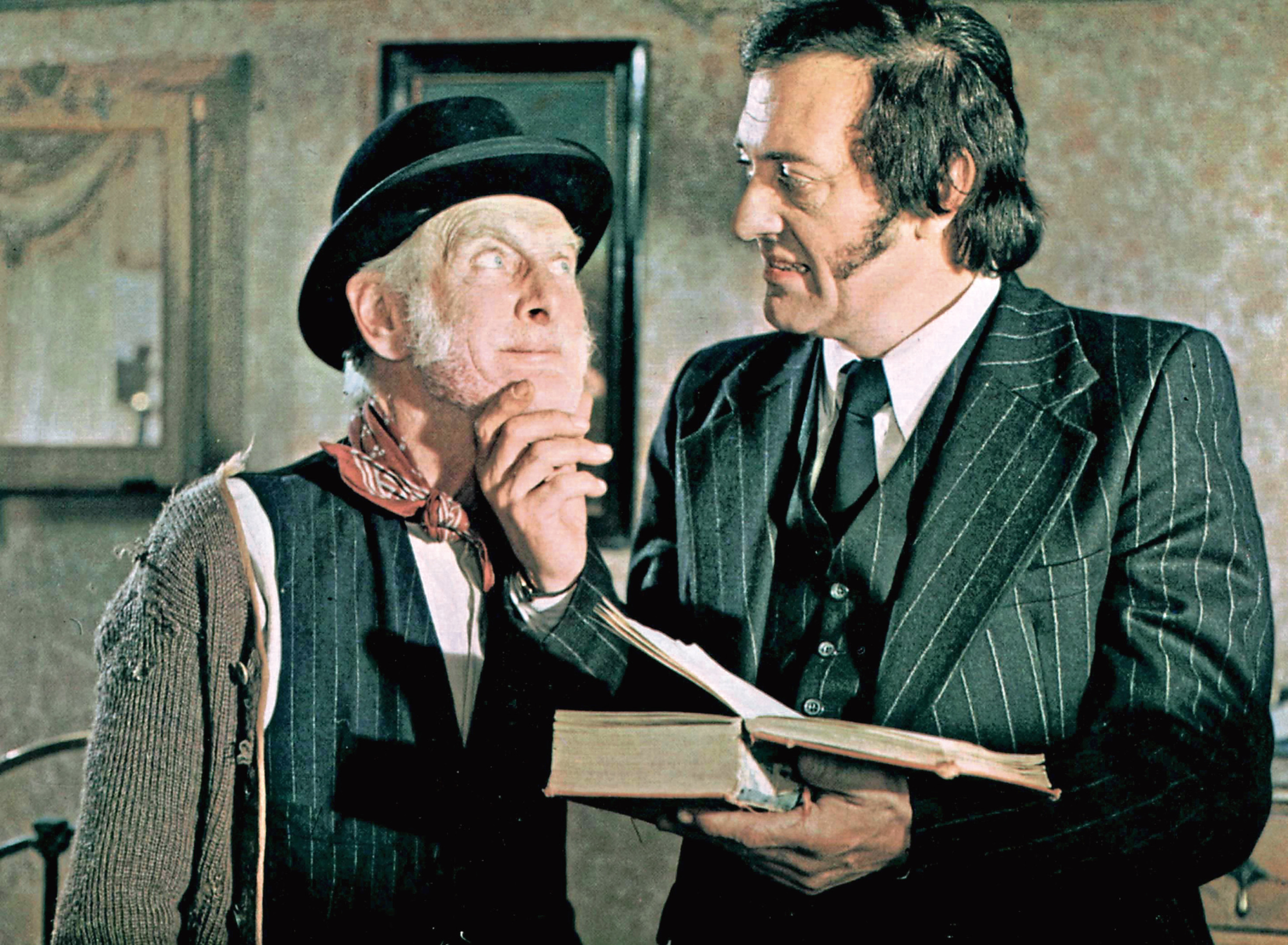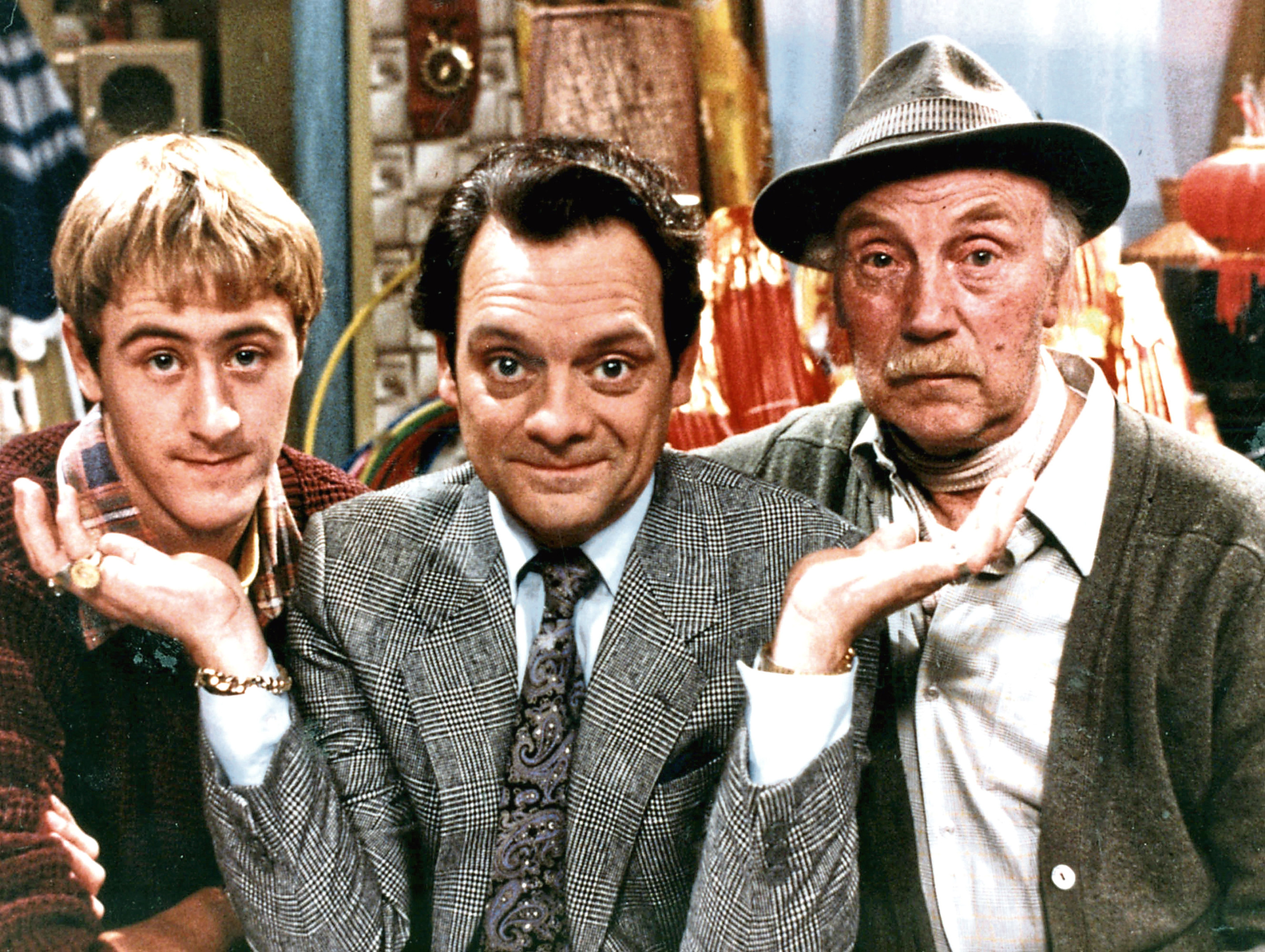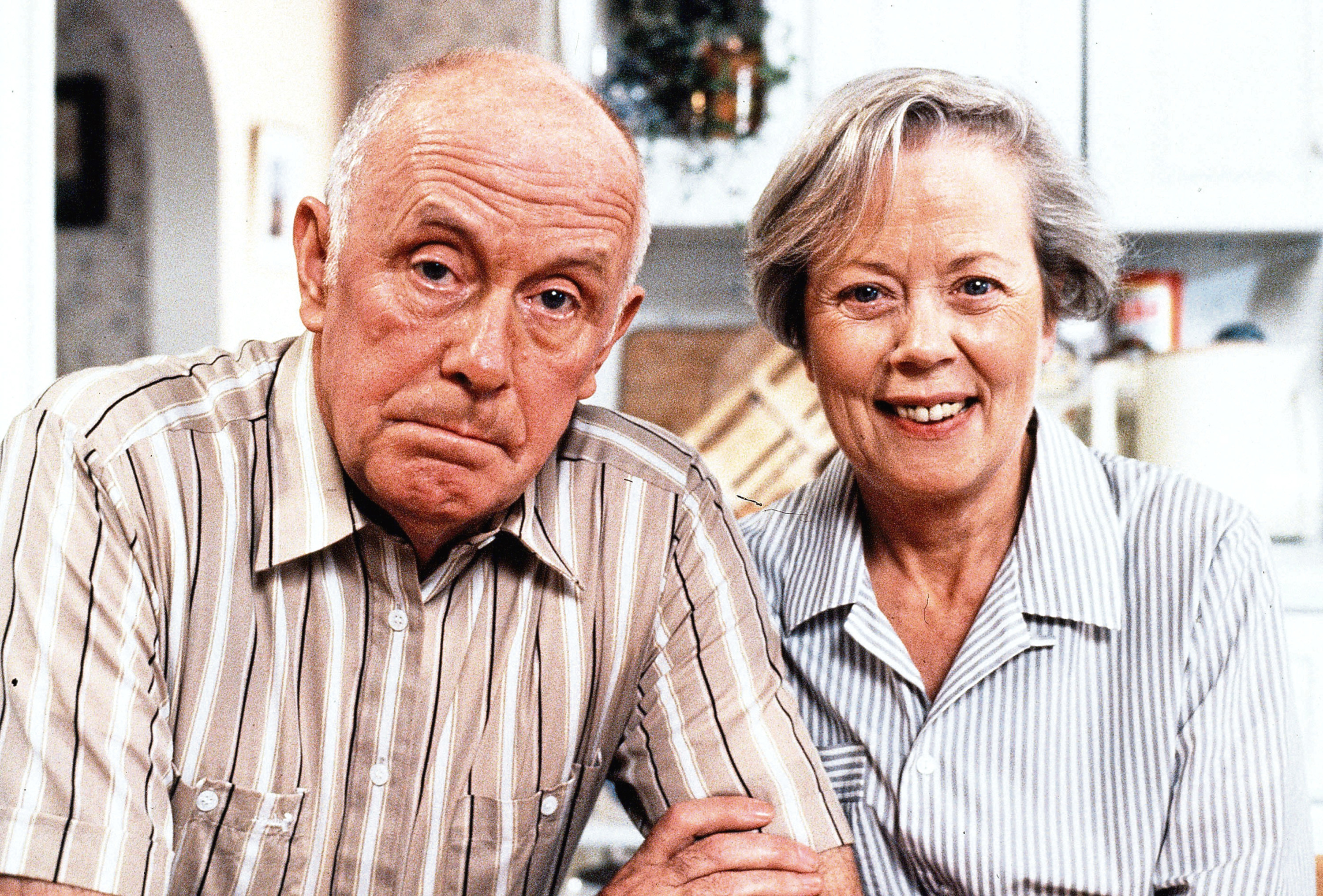
STEPTOE and Son could claim to be the most influential British sitcom of all time.
Without the pretension and frustrated aspirations of Harold, we might never have had Basil Fawlty or Edmund Blackadder.
Without the bleak surroundings of Oil Drum Lane and that “dirty old man” crystalising a peculiarly grimy British strain of tragi-comedy, we might never have had films such as Brassed Off, Billy Elliot and The Full Monty.
Writers Ray Galton and Alan Simpson penned Steptoe after Tony Hancock went to ITV, and there are huge similarities between it and Hancock.
“Yes, absolutely,” says John Hewer, a Steptoe expert who writes and stars in his production company’s stage version of Steptoe And Son.
“It’s very sad that Tony Hancock sacked Galton and Simpson when he was at this height but the flipside of that is we might not otherwise have had Steptoe And Son.
“Hancock has left such a legacy. He, Ray and Alan set up British sitcom as we know it and along comes Steptoe And Son and they write their own rule book.
“They created that classic vein of tragi-comedy the British do so well. Just think about The Full Monty and Brassed Off, and Steptoe is right in there with all that stuff.
“They all have quite a grim social realism about them and strangely enough that’s what gets the biggest laughs. Take The Full Monty – they have to strip in a grotty little social club to get the money in when they’re out of work.
“And Steptoe And Son, you’ve got the ‘dirty old man’ in a tin bath taking pickled onions out of his bath water and putting them back in the jar.
“It’s a natural comic lineage. We can laugh at ourselves as a nation which is something we would be very proud of, and I think it’s given us some really great tragi-comic characters that Steptoe And Son started.
“Without them we wouldn’t have had Basil Fawlty beating up his car with a tree, we wouldn’t have had people like Del Boy, Alan Partridge or David Brent – these quite monstrous characters but with elements in them that ring very true.”
Hancock had its darker moments but it was Steptoe that really embraced that side of comedy.
As John explains: “The first episode is actually one of the bleaker ones. We see Harold trying to push his cart out of the yard when it’s all loaded up with his stuff and he just hasn’t got the physical strength.
“That is a benchmark for the entire series. It summed up the whole issue straight away in just 30 minutes and the series kept true to that over 57 episodes, and I think that’s why it got commissioned for a series, really.”
A lot of BBC sitcoms in the 60s, 70s and 80s had that sense of melancholy and frustration such as Fawlty Towers, Open All Hours, Sorry and Some Mothers Do ’Ave ’Em.
“I guess it’s just because Ronnie Corbett and Michael Crawford were very good performers, that we can still see the comedy in there,” says John.
“With Michael Crawford in Some Mothers it’s more of a display, a physical tumble show, but it’s great and if you took that element away it’s horribly bleak.
“Sorry is very, very grim, the whole scenario going on there, but Ronnie was one of those very charismatic, likeable people. He could play an arch-villain and you’d probably side with him because he had that natural charisma which leaps off the screen but fundamentally it’s a sad show.
“You can imagine trying to pitch it to the BBC. ‘It’s about this 40-going-on-50 mother’s boy who’s trapped by his mother who completely berates him and makes him feel small.’”
All this makes you wonder if something as bleak as Steptoe And Son would work today.
“I’d like to think so,” says John, who has also played Hancock and Tommy Cooper on stage. “I’d like to think people would learn from what worked in the past but what would be interesting is it wouldn’t be billed as a comedy now.
“I don’t think it would be billed as a sitcom because, especially at the moment, we like to know if we’re being asked to laugh or asked to cry.
“We don’t like those grey areas so much any more and although there is humour and drama in everything, Steptoe blurs the line so brilliantly.
“And, of course, once the audience tuned in it actually went above that, and that was fine because it was a nice surprise but these days if it were billed as a sitcom people would say, ‘Hang on, that wasn’t very nice, this is horrible, it’s a terrible world’ and I think they might well switch off.”
Perhaps the most recent sitcom comparable to Steptoe is One Foot In The Grave, and even that was almost 30 years ago.
“That’s in my top 10, it’s so strange and again almost unremittingly grim,” laughs John. “In the special they did for Comic Relief, Victor Meldrew is actually dead.
“It takes the most serious issue of all, death, and doesn’t treat it as a piece of folly.
“Throughout the series they don’t hide from it and rarely an episode passes without some kind of Grim Reaper moment going on when either they’re talking about something or there’s an actual life-or-death situation. But as far as comedy is concerned, we quite like death because that’s the highest the stakes can be.
“If you look at Michael Crawford dangling off a cliff out of his car, we liked that because it was dicing with death, and comedy is all about the stakes – when’s the vicar going to turn up? When’s the wife going to turn up?
“We like those things, wondering who’s going to fall flat on their backside and make an idiot of themselves?
“Anything going towards such a definite ending as death, we do take on but the thing with One Foot In The Grave in comparison to, say, ’Allo ’Allo and others is that it took it very seriously and we always knew there would be a point when there wasn’t a Victor Meldrew.
“We just assumed that was when the series would naturally end but we didn’t think it would be when he actually did die. I don’t even know if they’d commission that as a sitcom now but the thing about One Foot In The Grave is that when it is funny, it’s bent-double hilarious.
“You’re down the pub the next day talking about when Victor picks up the puppy thinking it’s the phone, or you lift up the flowerpot and he’s underneath.
“And if they’re still being more funny than tragic, which is what Steptoe got right, what Only Fools And Horses and One Foot In The Gave got right, then we’re still going to be laughing no matter what they put us through.
“It just makes us care a bit more. You actually care about Victor Meldrew and whether he had a good day or not, you care about Albert Steptoe because they seem to be real people and they have all the traits real people have – we’re not all saints, we do all get grumpy.”
John Hewer will be appearing in further productions of Steptoe And Son in December. Visit www.hambledonproductions.com for more information.

Enjoy the convenience of having The Sunday Post delivered as a digital ePaper straight to your smartphone, tablet or computer.
Subscribe for only £5.49 a month and enjoy all the benefits of the printed paper as a digital replica.
Subscribe
